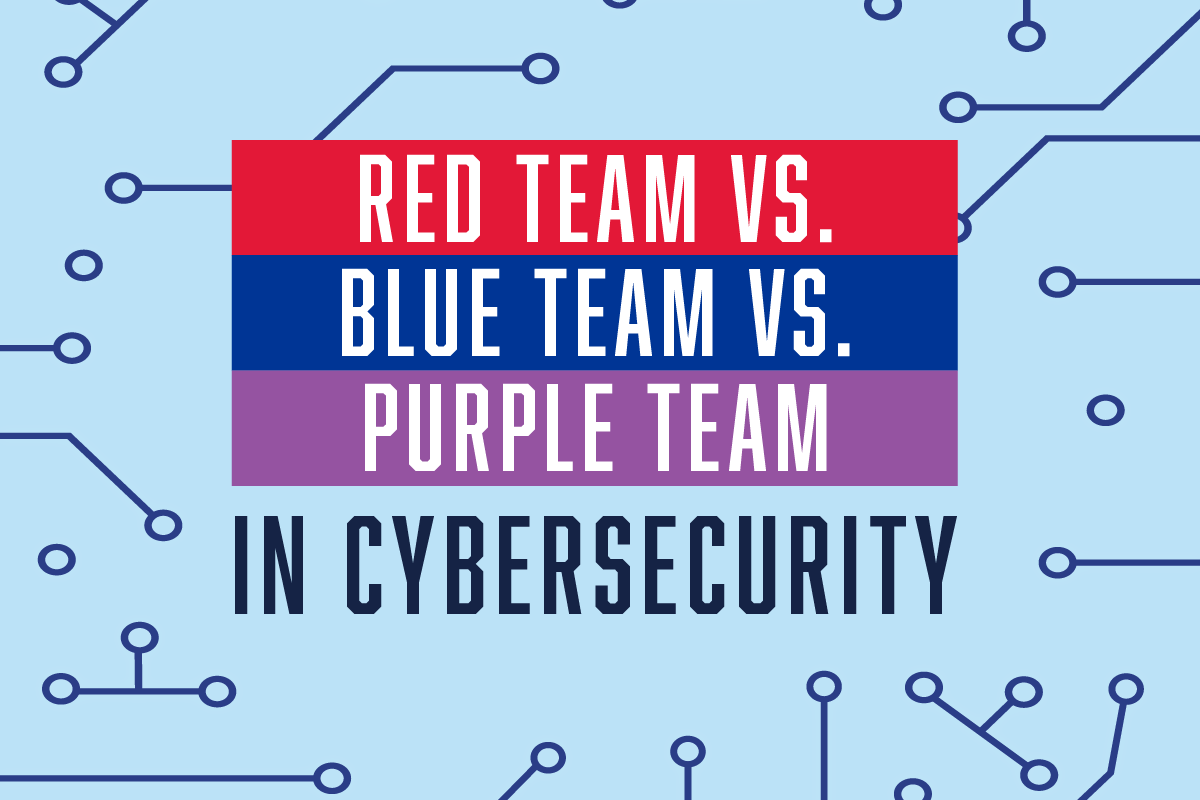Cybersecurity and Identity Management: How Are They Connected?
Written by:
University of Tulsa
• Sep 9, 2024

As corporate and organizational networks have increased their digital presence, the need for safeguarding online data from unauthorized users has grown, too. According to IBM, the cost of data breaches hit a record high during the COVID-19 pandemic, coinciding with the drastic increase in companies relying on remote work and cloud systems.
Because of the transition to remote and hybrid work, coupled with the integration of cloud technology, artificial intelligence (AI), and multiplatform work environments, online users and resources are now more widely distributed than ever before. In response to this change, cybersecurity jobs are expected to grow by 32% between 2022 and 2032, according to the U.S. Bureau of Labor Statistics (BLS). Mitigating vulnerabilities across vast digital networks through identity management has become of critical importance. Individuals interested in tapping into the viable cybersecurity industry may pursue a master’s degree in cybersecurity; this degree can provide them with a strong foundation of knowledge in the industry.
What Is Identity Management?
How do companies strike a balance between securing their digital resources and ensuring that they’re easily accessible to employees whose work relies on them? With the help of identity access management (IAM), corporate networks get the best of both worlds. Identity management is a digital framework that controls network access, determining the appropriate permissions for a user or an entity within the network based on their attributes.
To successfully provide a secure network, identity management focuses on two components: authentication and access. Users, both human and nonhuman, must authenticate themselves before gaining access to corporate networks and their resources.
Different Methods of Identity Authentication
Cybercriminals are always evolving their attack methods. In response, the cybersecurity industry continues to evolve its identity management strategies. The following methods of identity authentication can help protect networks against malicious hackers:
- Multi-Factor Authentication: MFA is a common security protocol that’s used inside and outside the workplace. It requires that users provide two or more forms of verification. This often takes the form of a temporary code sent to a user’s phone or email.
- Risk-Based Authentication: With RBA, the identity management system calculates a risk score to determine whether access should be granted. IAM systems produce these scores by analyzing user data related to an action and then applying the company’s risk rules, or criteria. The system will determine whether the behavior is suspicious based on the score and either grant or deny access.
- Single Sign-On: True to its name, SSO authentication only requires one set of login credentials (username, password) to access multiple platforms.
Authentication processes have been invaluable in protecting the personal information of smartphone and tablet users. Varying aspects of identity management have proven advantageous to organizations of all sizes, thwarting a broad range of hackers from accessing private data.
Benefits of Identity Management for Cybersecurity
Cybersecurity and identity management are connected through functionality. Think of identity management as one of the many safety mechanisms that fall under the cybersecurity umbrella. Keeping unauthorized users at bay is just one of the many reasons companies employ identity access management solutions. Learn more about the additional advantages of IAM systems below.
Enhanced Compliance
Identity management systems have made it manageable for businesses to meet compliance standards, which are required at the federal level. They also help streamline the cybersecurity auditing process for large companies with an expansive range of users to monitor and report.
Minimized Financial Risk
According to IBM, the global average cost of a data breach in 2024 is a staggering $4.88 million. This figure outweighs the cost of implementing cybersecurity solutions, such as identity management, multicloud security, and network security, because a data breach also tarnishes a company’s reputation. Companies that wish to mitigate financial risks can prioritize the security of their data with IAM systems.
Reduced Human Error
Without an identity management system established, businesses must rely on individuals to manage user access across their entire networks. A manual process is not only time-consuming but also prone to human error. IAM solutions absolve companies of the risk of a manual mishap leading to data breaches.
Careers in dentity Management
A study by Upwork predicts that 22% of the workforce will be remote by 2025. The need for professionals in the cybersecurity industry remains constant as demand for remote work continues. Identity management professionals help fine-tune user authentication and verification and track user activity.
Identity Access Management Consultant
IAM consultants assess existing identity management systems to identify areas of improvement. They help improve system performance and are responsible for generating reports on the security of an organization’s identity and access management infrastructure.
IAM Specialist
From application developers to service desk agents, IAM specialists collaborate with a broad range of employees to design and implement effective identity management solutions in the workplace.
Senior IAM Analyst
Senior IAM analysts create and deploy security policies within IAM systems. They’re responsible for communicating policy changes and best practices for identity and access management.
IAM Solutions Architect
IAM solutions architects build out varying technical aspects of identity and access management systems. They ensure that IAM systems abide by Executive Office of Technology Services and Security (EOTSS) guidelines, updating system designs as guidelines evolve.
Find a Career in Identity Management Systems
As cybercrime persists, so does the need for cybersecurity professionals. This leaves identity management professions and other cybersecurity-related roles in high demand.
With The University of Tulsa’s online Master of Science (M.S.) in Cyber Security, you can become a powerful asset in this dynamic industry. Expand your expertise in protecting digital assets, streamlining authentication and verification processes, and reducing data susceptibility in as little as 20 months.
Explore the program and how it can help you advance your career in cybersecurity.
Recommended Readings
Why You Should Study Cybersecurity in 2024
Cyber Intelligence: Definition and Career Opportunities
AI Threat Detection in Cybersecurity
Sources:
CyberSeek, Cybersecurity Supply/Demand Heat Map
DOT Security, Identity and Access Management (IAM) Standards
Forbes, “Cybersecurity Salary Guide: How Much Can You Earn?”
IBM, Cost of a Data Breach Report 2024
IBM, IBM Report: Cost of a Data Breach Hits Record High During Pandemic
IBM, What Is Identity and Access Management (IAM)?
Microsoft, What Is Identity and Access Management (IAM)?
Optimal IdM, Why Is Identity Access Management (IAM) Important?
StationX, “50+ Cyber Security Job Statistics & Trends for 2024”
Upwork, Upwork Study Finds 22% of American Workforce Will Be Remote by 2025


